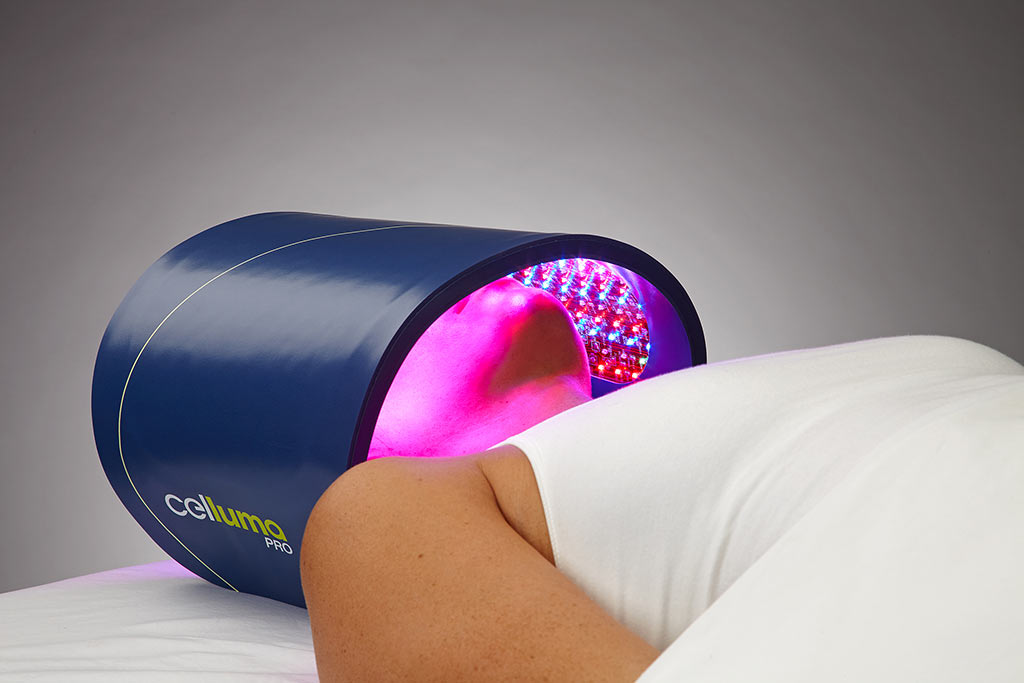Would you like to rejuvenate your skin and improve your acne with a device with no downtime? You can achieve this by using the therapeutic effects of LED therapy in clinic or in the benefit of your own home. The great thing about LED light is that it does not irritate your skin and is suitable even for sensitive skin. The science behind LED technology is solid, with proven results based on NASA research.
Let’s find out more about how this can benefit your skin.
What is LED therapy?
Light Emitting Diode (LED) therapy uses specific wavelengths of visible light to boost cellular performance by a process called photobiomodulation. Light therapy is known for its healing and anti-inflammatory properties and has a variety of applications across many medical fields. Research has shown that low-level light therapy can rejuvenate skin, improve acne, aid wound healing, improve hair growth and help with muscle and joint aches and pain.
How does Light Energy work?
In order to understand how LED therapy works, you need to put your scientific hat on. Mitochondria is the powerhouse of the cell. It produces a molecule called adenosine triphosphate (ATP), which is the energy currency that the cells in the body can use to drive cellular activity. The light source emits photons. A photon is a bundle of electromagnetic energy and is the basic unit that makes up all light. Photons are absorbed by mitochondria which leads to the production of ATP.
Hence, LED therapy can lead to increased production of ATP by mitochondria. Increased ATP causes a cascade of metabolic events resulting in biochemical and cellular changes. This leads to many therapeutic benefits such as skin rejuvenation and improvement of acne.
What types of LED lights are there?
Blue, red and near-infrared are the most commonly used wavelengths in LED therapy with most scientific evidence. These specific wavelengths are well researched and scientifically proven to produce great therapeutic benefits.
Blue light, having a shorter wavelength, penetrates only to the surface of the skin (epidermis). Hence, it is most effective for surface skin conditions such as acne. Red light has a longer wavelength so is able to penetrate the deeper layer of the skin (dermis). It has been shown to enhance collagen and elastin production through photo-biostimulation of fibroblasts. Near-infrared has an even longer wavelength, therefore is able to penetrate the subcutaneous tissue and increase micro-circulation (tissue repair), decrease inflammation, and help with joint and muscle pain.
How does LED therapy work for the treatment of acne?
Acne is due to increased oil production, proliferation C.acne bacteria, and inflammation of the skin. LED light is best used for treating inflammatory forms of acne such as red spots and pustules. Blue light activates chemical reactions to kill C.acnes bacteria. It also helps to decrease inflammation in the skin and reduce size of oil gland. In addition, red light helps to decrease oil production.
How does LED therapy help to rejuvenate skin?
As we age, our skin thins and is more prone to wrinkling due to the loss of collagen and elastin. Collagen and elastin are produced by cells called fibroblasts in the dermis. There is strong scientific evidence to support that red light stimulates fibroblast to increase the production of collagen and elastin, helping to rejuvenate skin and improve the appearance of wrinkles.
What makes an effective LED light device?
The right level of energy needs to be delivered for LED therapy to be effective. Between 2-10J/cm2 needs to be delivered to give a therapeutic effect. If the energy level delivered is too low, it would ineffective. Too much light energy can be toxic and can lead to skin damage. The pulsing of light is also known to increase penetration depth, and has been shown in some cases to have additional benefits in comparison to continuous light delivery
The inverse square law states that the intensity of light administered to the body will decrease as the square of the distance from the light source. This means that each time the distance of the light source is doubled from the skin, the ability of the tissue to absorb the light energy is diminished by 4 times. Hence, to achieve the optimum result, the LED device needs to be close to your skin.
What is Celluma?
Celluma is a light energy device based on NASA-researched light-emitting diode (LED) technology. It is an award-winning medical-grade device and is FDA cleared and medically CE marked. It has blue, red, and near-infrared lights to treat aging, acne, and muscle aches and pains. It is the most effective LED device on the market.
For a limited period, all our Hydrafacials will include Celluma at no additional cost, so book now to benefit. Celluma can also be used at home. Please get in touch with us for more information if you are interested.
By Dr You-Jin, The WY Skin Clinic






